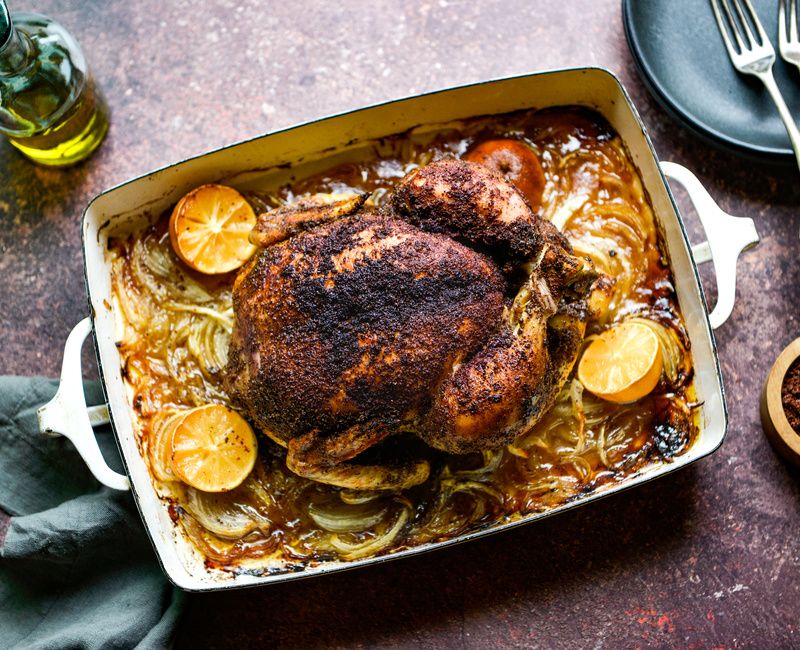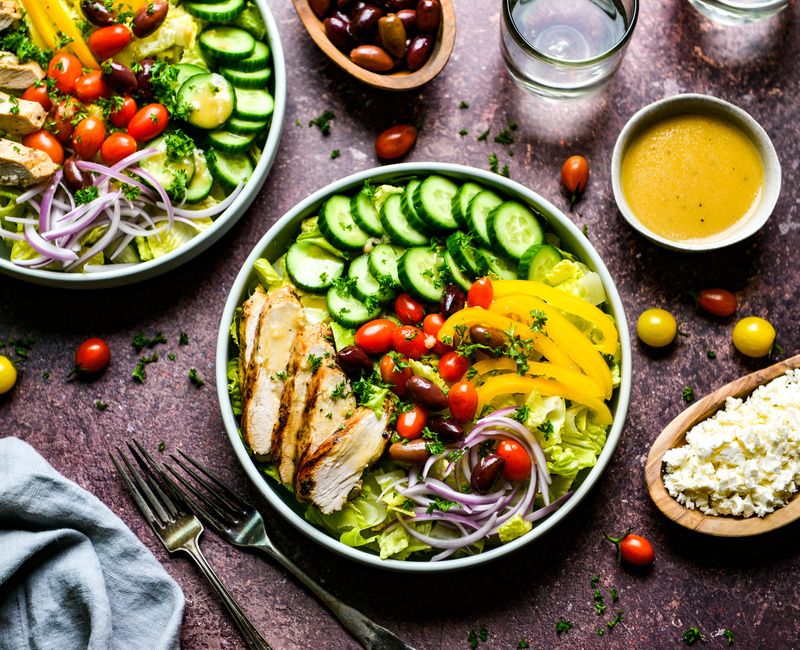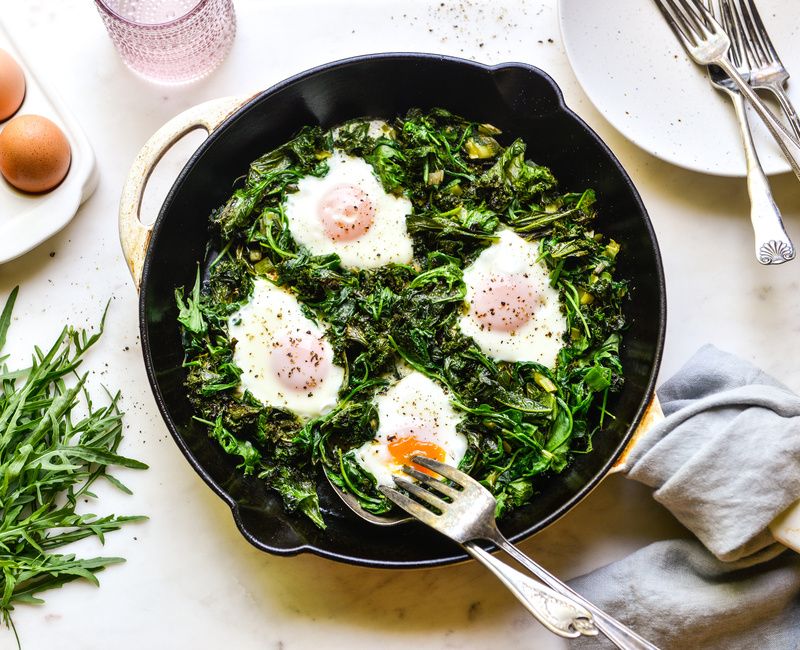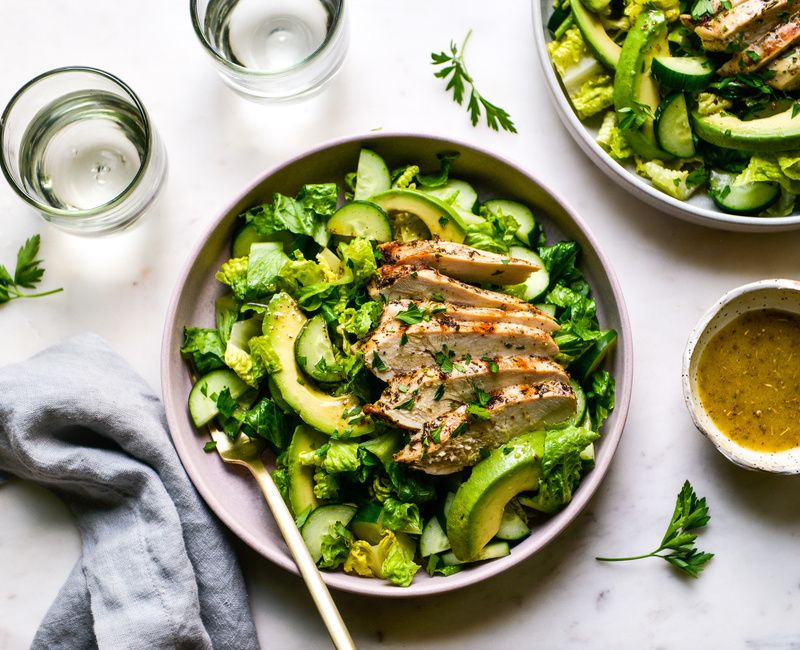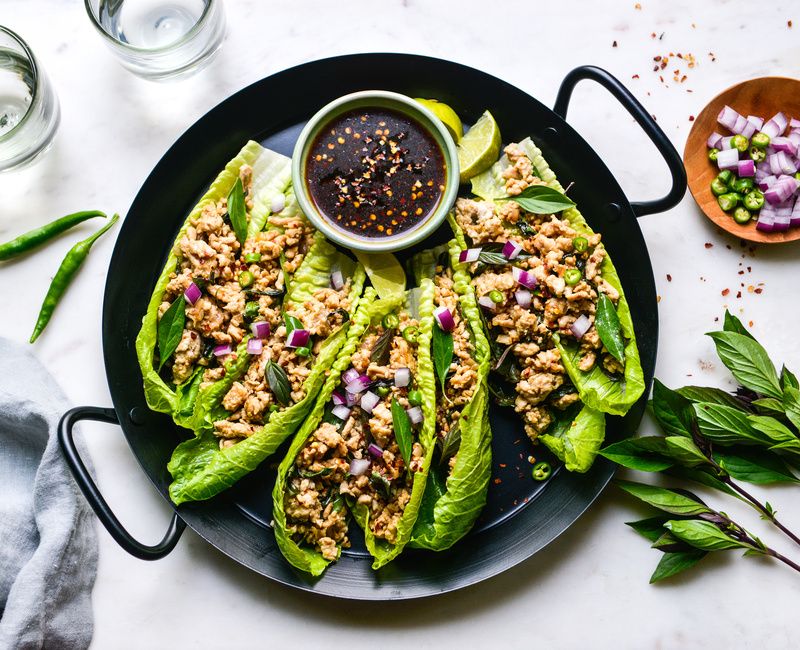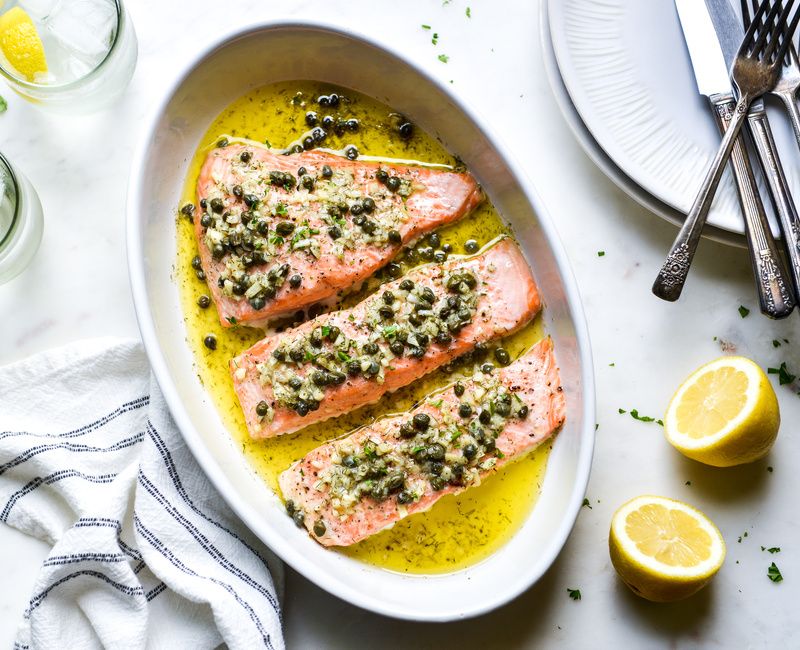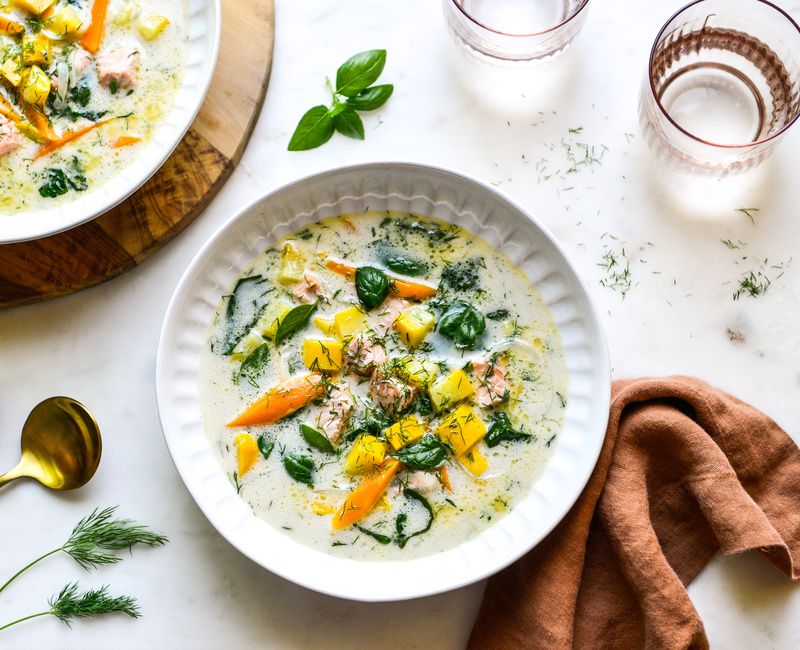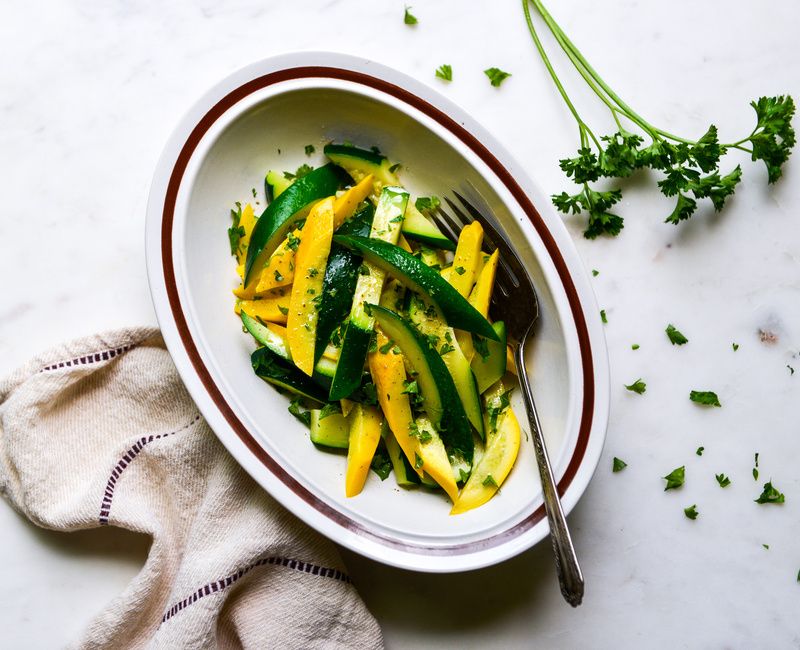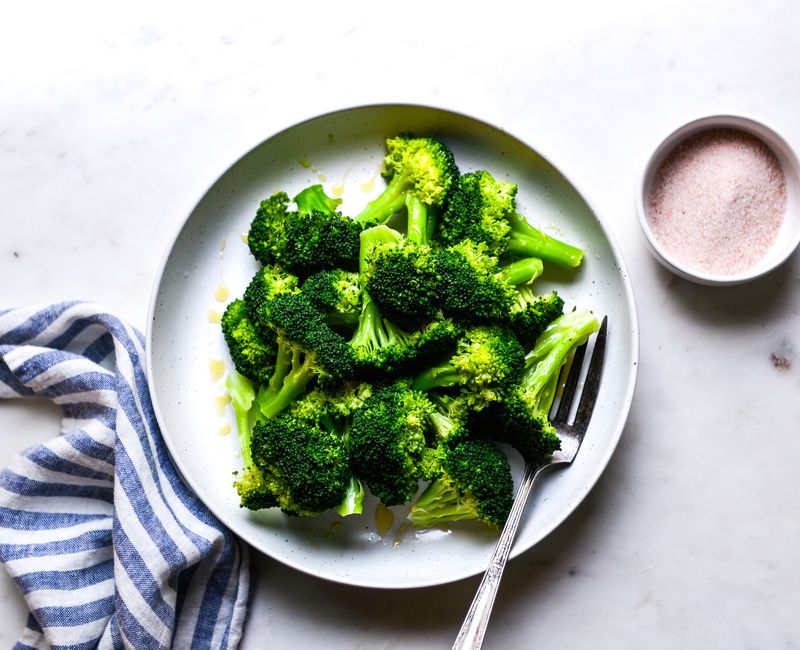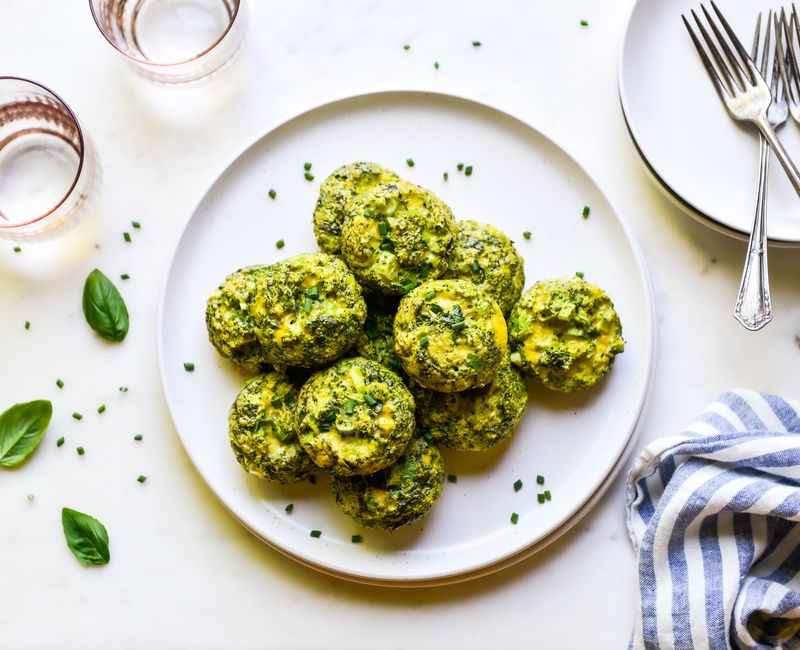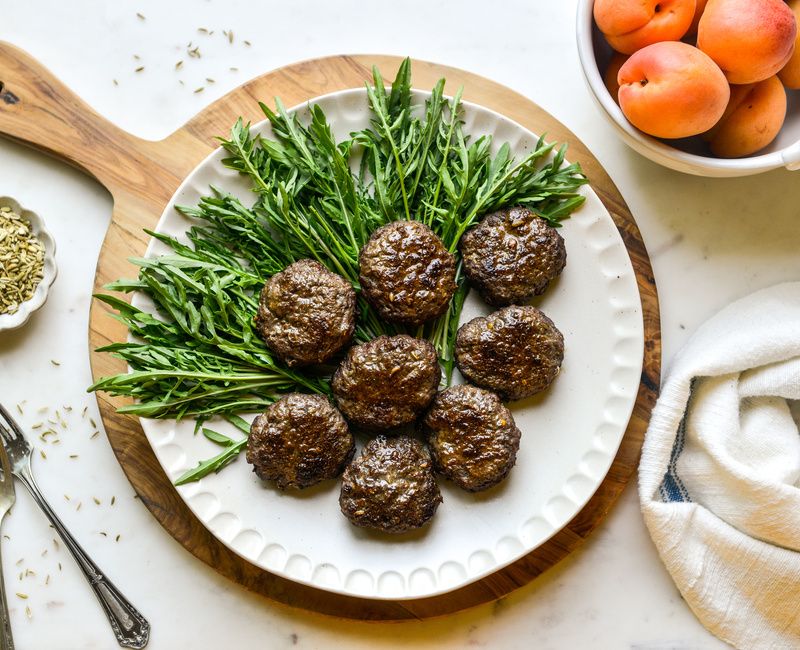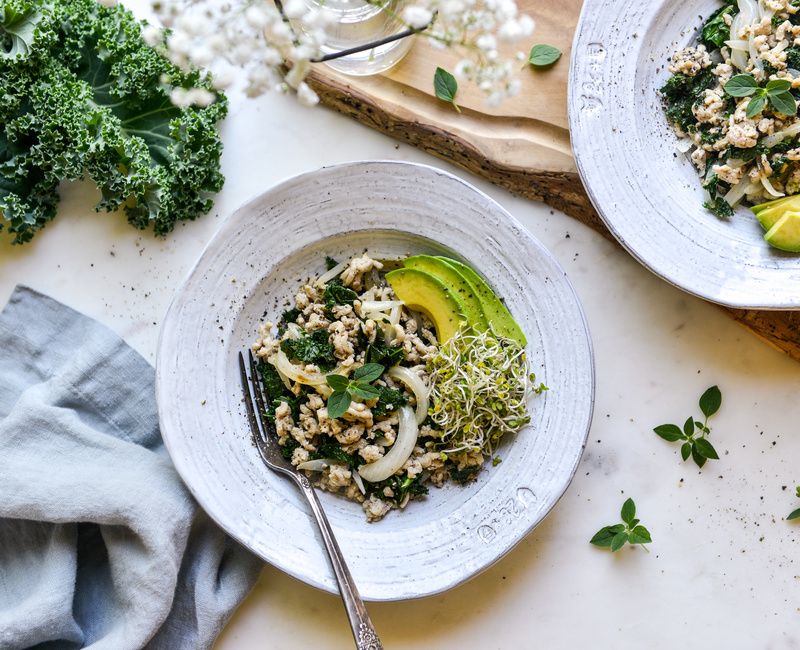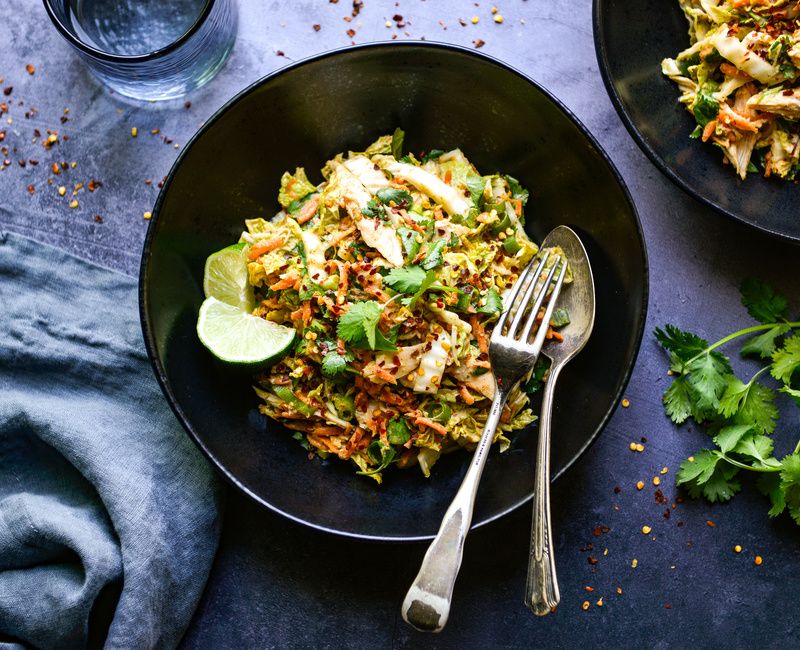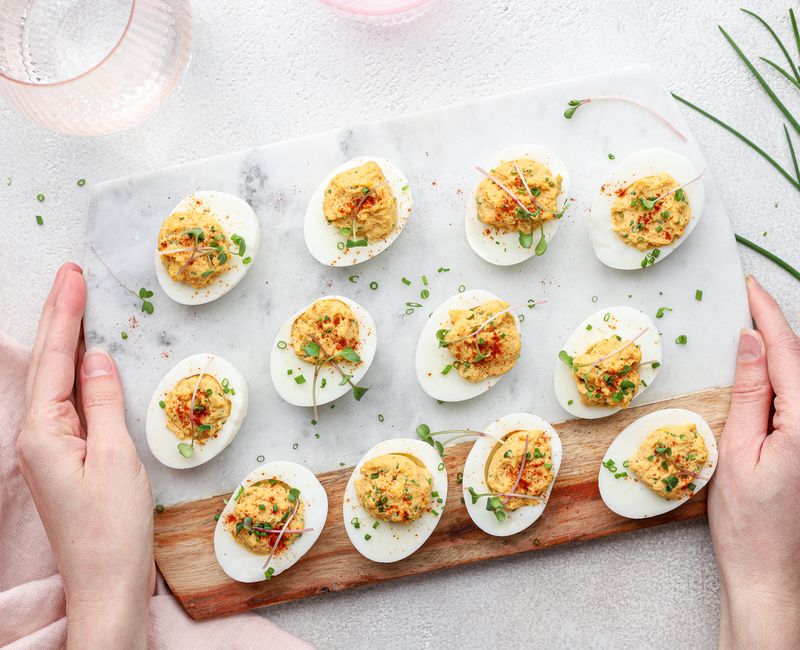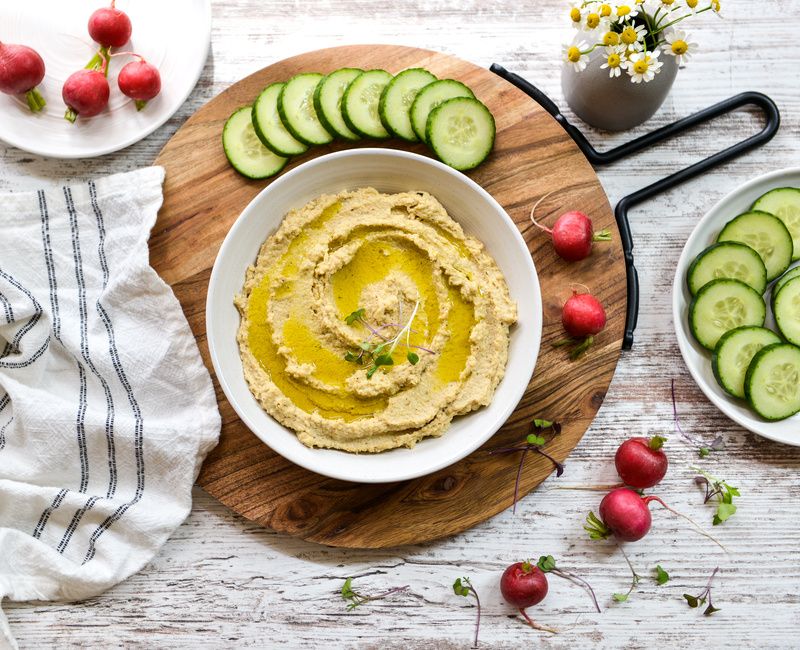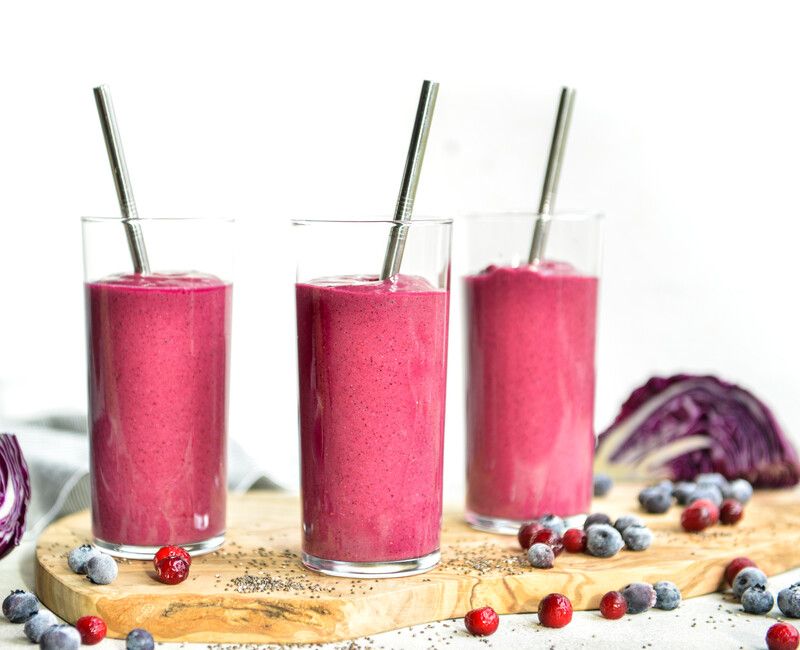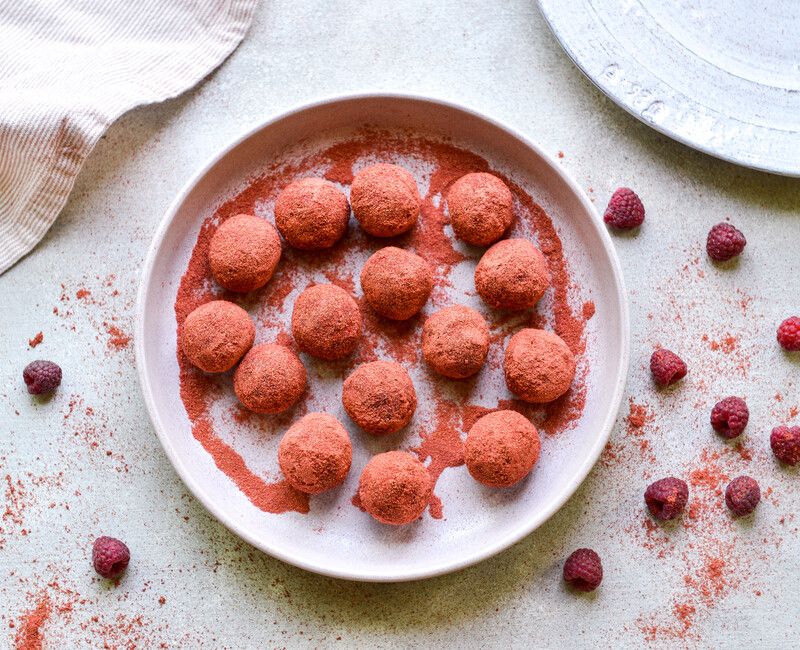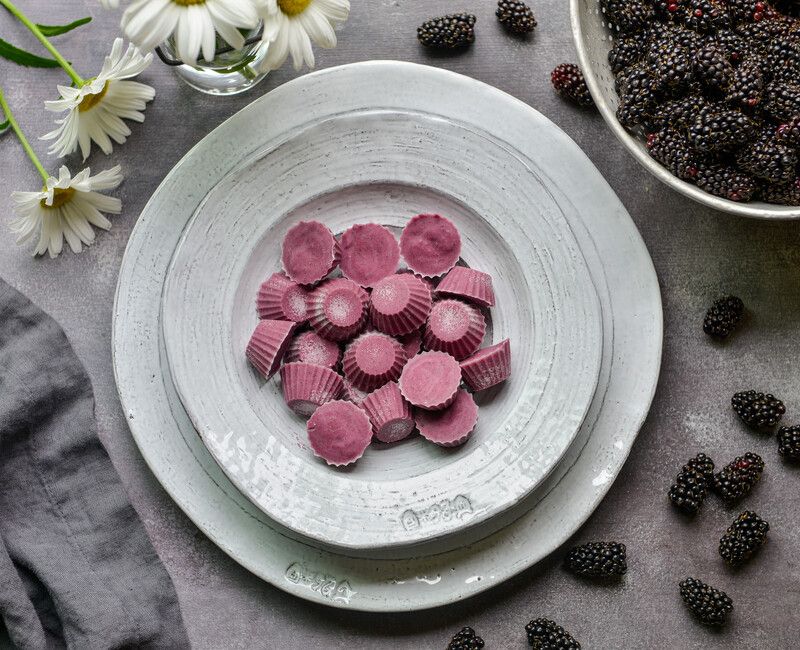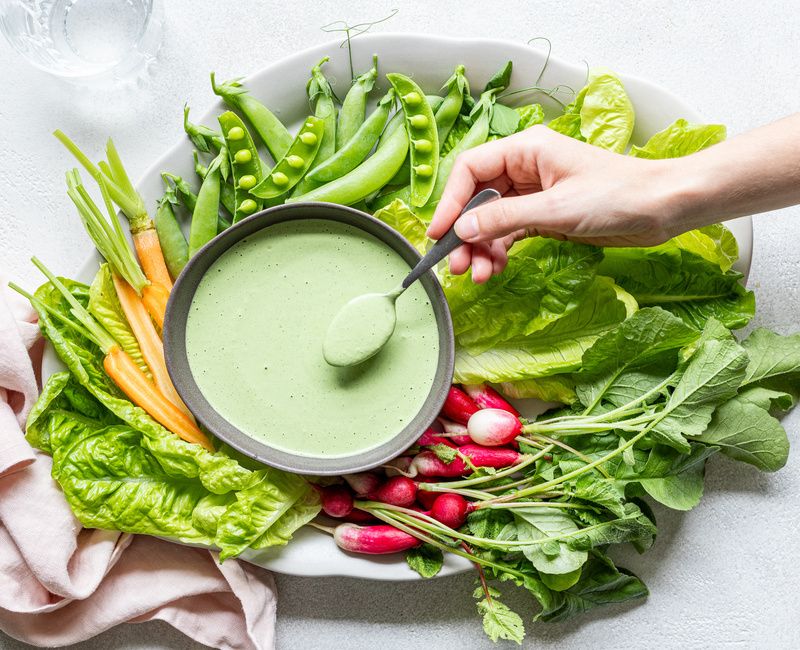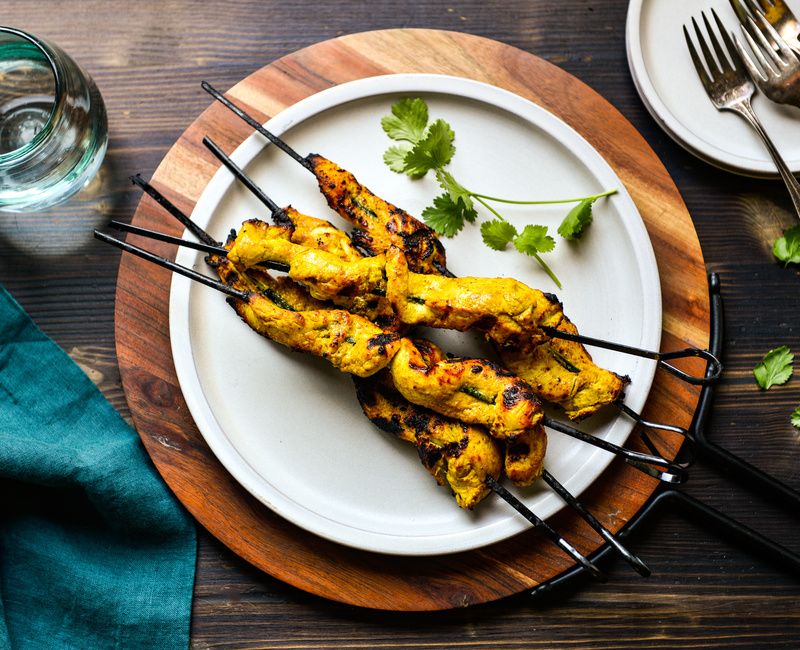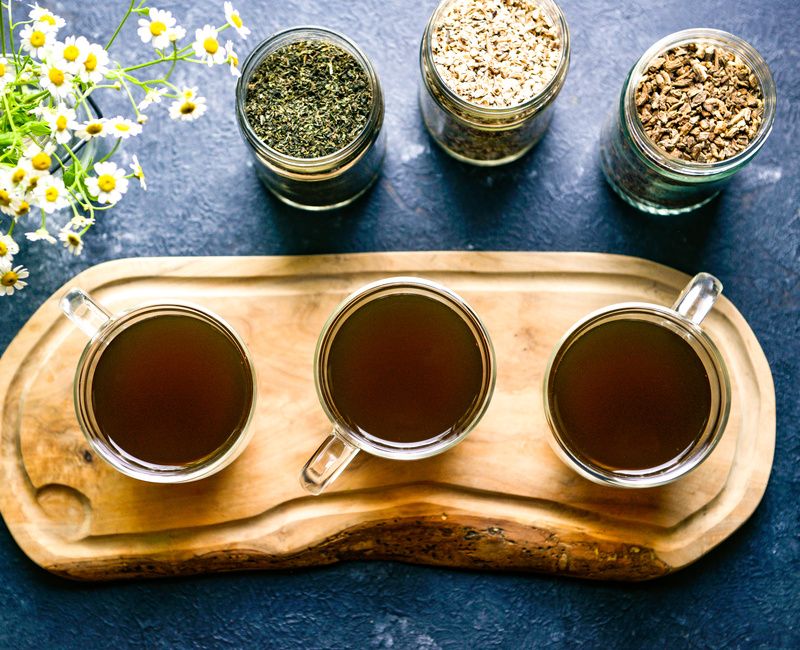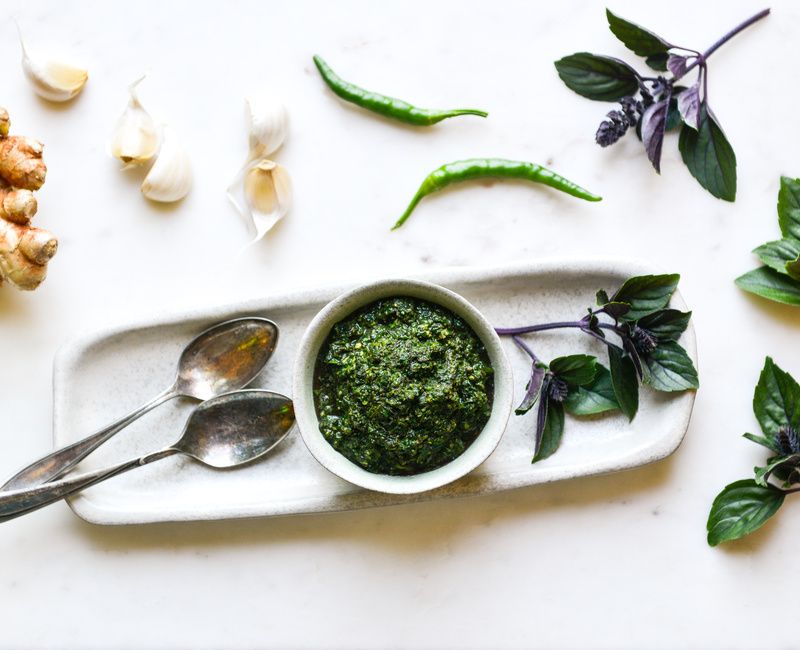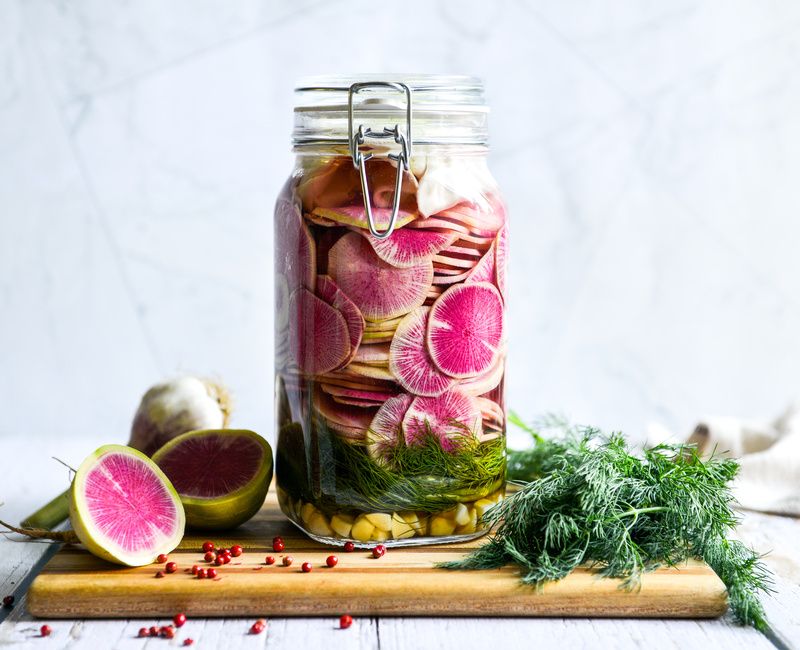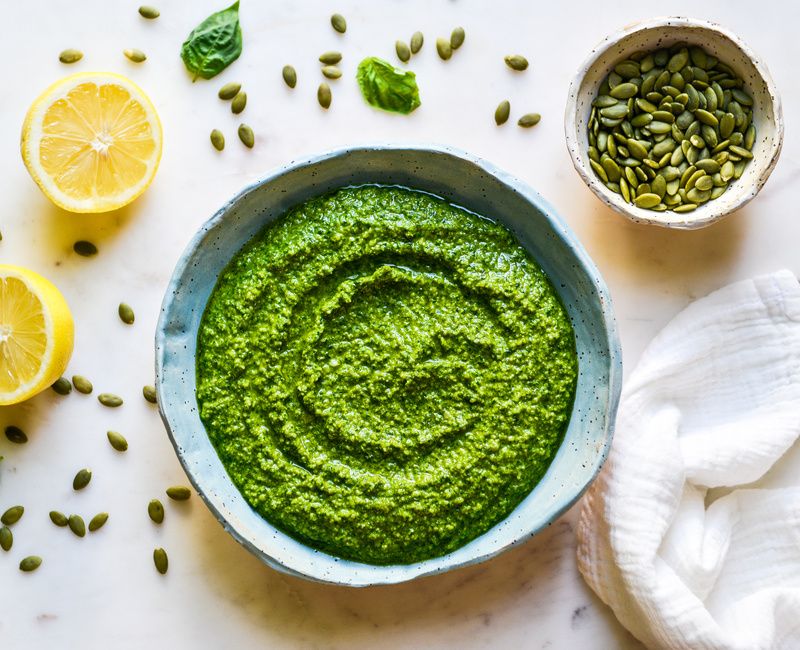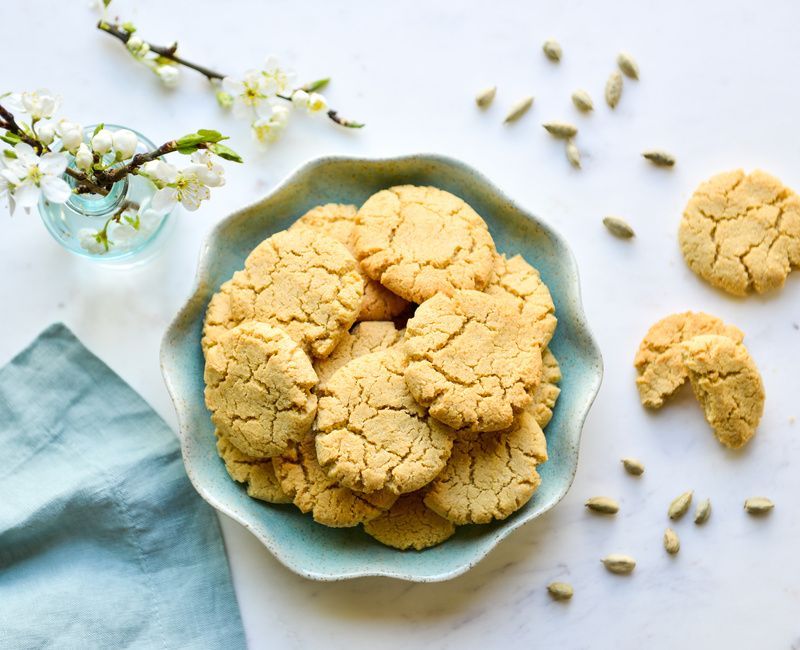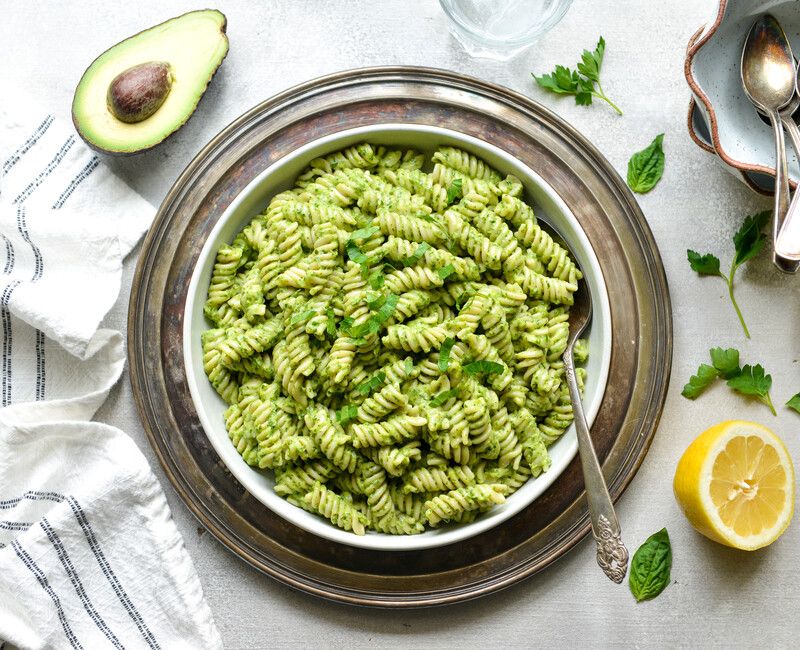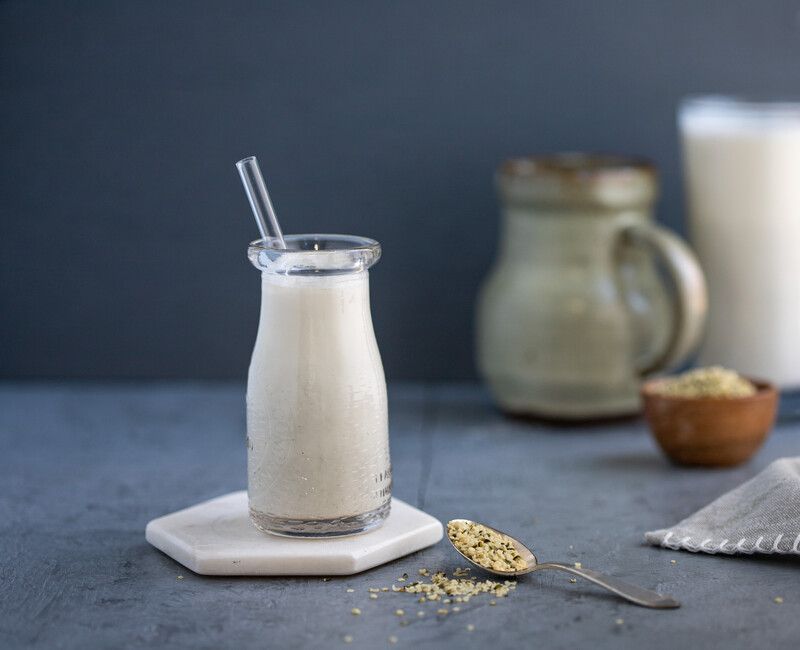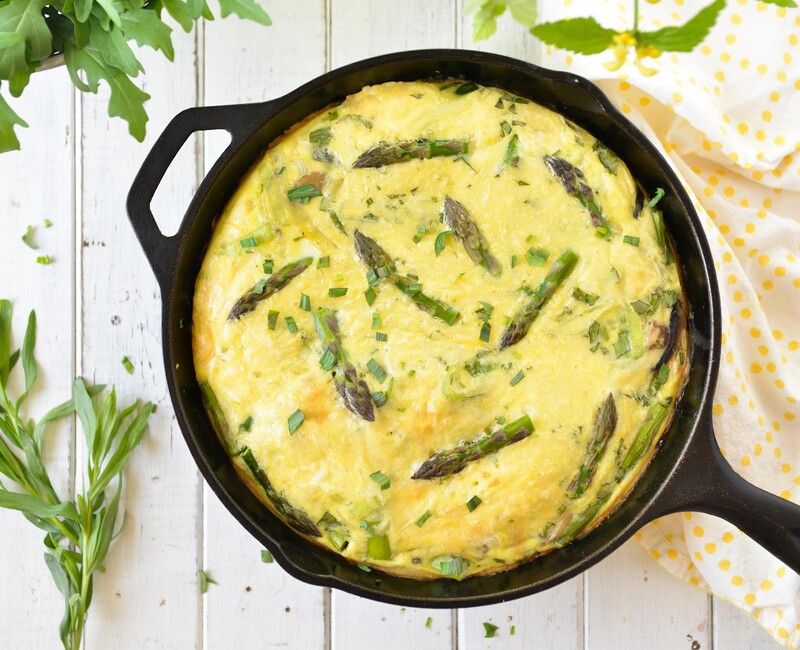Low-Carbohydrate Diet
Brain fog, mood swings, depression, chronic fatigue, and sugar cravings—these can all stem from one core imbalance: blood sugar dysregulation. Every time we consume more sugar and carbohydrates than our bodies can handle, we trigger a biochemical cascade that spikes insulin, causes blood sugar to plummet, and leaves us feeling exhausted, irritable, and inflamed. Over time, this “blood sugar roller coaster” contributes to metabolic dysfunction, Type 2 diabetes, cardiovascular disease, and even cognitive issues. A low-carbohydrate diet interrupts this cycle by stabilizing blood sugar, reducing inflammation, and nourishing the body with nutrient-dense whole foods. Rather than eliminating entire food groups, it focuses on balancing carbohydrates with healthy fats and quality protein. It’s not a grain-free or ketogenic diet—it’s a sustainable, supportive way of eating that calms the body and mind.

Latest IFM Anti-Candida Food Plan Recipes
Low-Carbohydrate Diet Safe with Modifications
What is a Low-Carb Diet?
A low-carbohydrate diet typically limits total daily carbohydrate intake to 100 to 150 grams per day, depending on the individual’s needs and activity level. It includes an abundance of non-starchy vegetables, moderate portions of high-quality protein, and generous amounts of healthy fats. This way of eating avoids blood sugar spikes and supports energy, mood, and metabolism throughout the day.
Unlike ketogenic diets, low-carb diets do not aim to induce ketosis. They instead focus on sustainable carbohydrate reduction by limiting refined sugars, flours, and high-starch foods, while still allowing for small portions of whole, complex carbs like black rice, quinoa, or legumes when appropriate.
Who is the Low-Carb Diet For?
Many people are unknowingly consuming far more carbohydrates than their bodies can handle, especially in the form of refined grains, added sugars, and processed snacks. Over time, this contributes to persistently high blood sugar and elevated insulin levels—both of which can fuel chronic, low-grade inflammation in the body. This inflammatory state is now recognized as a key driver behind many modern health conditions, from heart disease to autoimmune disorders.
Reducing daily carbohydrate intake—especially from high-glycemic foods—can be a foundational step toward calming inflammation, stabilizing energy and mood, and supporting long-term healing. If you’ve struggled with metabolic health, fatigue, or inflammatory symptoms, a low-carb approach may help you reset and regain vitality.
A low-carbohydrate diet may be especially beneficial for individuals who experience:
-
Blood sugar highs and lows
-
Type 2 diabetes or insulin resistance
-
Depression, anxiety, or mood swings
-
Low afternoon energy or brain fog
-
Sugar cravings throughout the day
-
Difficulty concentrating
-
Poor behavior and mood dysregulation in children
-
Chronic inflammation or metabolic syndrome
This diet can also support those seeking to improve cardiovascular health, stabilize energy, and reduce their overall intake of processed foods and added sugars.
How Does the Low-Carb Diet Work?
When carbohydrate intake is reduced, blood sugar levels stabilize, insulin sensitivity improves, and inflammation begins to subside. Meals rich in protein and fat—especially in the morning—help prevent blood sugar crashes and reduce cravings later in the day. Incorporating small amounts of starchy vegetables or whole grains at dinner may support sleep by gently raising serotonin and melatonin levels.
The goal is to shift your metabolism away from sugar dependence and toward a more balanced, fat-burning state—without depriving the body of essential nutrients.
Foods to Eat on a Low-Carb Diet:
-
All non-starchy vegetables: cauliflower, broccoli, lettuces, kale, arugula, bell peppers, radishes, celery, zucchini, and more
-
Fresh or frozen berries: blueberries, raspberries, blackberries, strawberries, black currants
-
High-quality meats: preferably pasture-raised beef, lamb, poultry, and pork
-
Wild-caught seafood
-
Eggs: especially from pasture-raised chickens
-
Dairy (if tolerated): grass-fed cheese, cream cheese, cottage cheese, raw cream, plain whole milk yogurt
-
Healthy fats: avocado, olive oil, coconut milk, coconut oil, ghee, nuts, seeds, and their butters
-
Small amounts of cooked whole grains: black rice, quinoa, buckwheat (no grain flours)
-
Small amounts of legumes: cooked chickpeas, mung beans, black beans
-
Low-sugar sweeteners: stevia, allulose, monk fruit, coconut nectar
Foods to Avoid on a Low-Carb Diet:
-
Refined sugars: cane sugar, corn syrup, agave, maple syrup, and most processed sweeteners
-
Grain flours and baked goods: even gluten-free versions often contain high carbohydrate loads
-
White rice and other high-starch grains
-
Processed snack foods and packaged cereals
-
Sugary beverages and fruit juices
-
High-starch vegetables in excess: white potatoes, yams, corn, and peas
-
Most desserts and sweetened yogurts
Benefits of a Low-Carb Diet:
-
Stabilizes blood sugar levels
-
Reduces sugar cravings and emotional eating
-
Improves mood and mental clarity
-
Increases energy and reduces mid-day crashes
-
Supports healthy weight loss and metabolism
-
Lowers inflammation and may reduce risk of chronic disease
-
Enhances sleep when carbohydrates are timed appropriately
-
Encourages mindful eating and nutrient-rich meals
Challenges and Drawbacks:
-
Initial cravings or energy dips as the body transitions
-
Social or cultural pressure to eat high-carb foods
-
Need for planning and prepping satisfying low-carb meals
-
Not appropriate for everyone—some individuals, especially children, athletes, or those with adrenal issues, may need more carbohydrates
-
May feel too restrictive if misunderstood as grain-free or keto
This diet is about balance, not deprivation. The key is personalization—honoring your body’s needs while staying within a lower carbohydrate framework.
How Do I Start a Low-Carb Diet?
-
Join our Nourishing Meals® membership to access hundreds of low-carb recipes and sample meal plans.
-
Add a low-carb plan to your profile and adjust it to suit your tastes and preferences.
-
Use our calendar tool to schedule meals and generate instant shopping lists.
-
Explore new recipes weekly—our site is full of flavorful, satisfying options.
-
Join the community: Connect with others in our Nourishing Meals® Facebook Group and stay inspired on your healing path.
| Plan | Length | Actions |
|---|---|---|
Healthy Low-Carb Dinners |
5 days | Please login to view and schedule plans |
Low-Carb Meal Plan Week 1 |
8 days | Please login to view and schedule plans |
Quick Low-Carb Lunches |
5 days | Please login to view and schedule plans |
Blood Sugar Balancing Breakfasts |
6 days | Please login to view and schedule plans |
Easy Fall Low-Carb Dinners-2 |
7 days | Please login to view and schedule plans |
Easy Fall Low-Carb Dinners-1 |
7 days | Please login to view and schedule plans |
Low-FODMAP Lunches Week 1 |
6 days | Please login to view and schedule plans |
Low-Carb Dinners |
9 days | Please login to view and schedule plans |


